I want to make doctorid a foreign key in my patient table.
So I have all of my tables created - the main problem is that when I go to the table > structure > relation view only the primary key comes up that I can create a foreign key (and it is already the primary key of the certain table that I want to keep - i.e Patient table patient is enabled to be changed but the doctor Id -I have a doctor table also- is not enabled).
I have another table with two composite keys (medicineid and patientid) in relation view it enables me to change both
Do I have to chance the index of doctor ID in patient table to something else? both cannot be primary keys as patient ID is the primary for the patient table - doctor is the foreign.
I hope anyone can help
Kind regards




